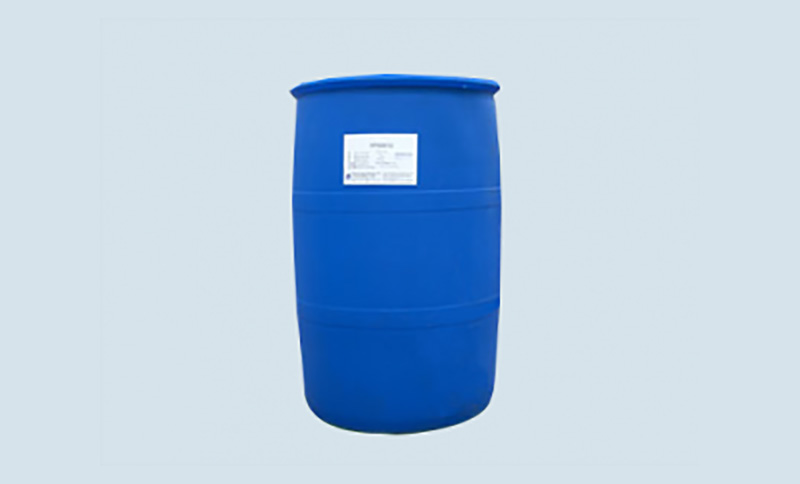The alkyl polyglycosides combined with lysozyme action system can significantly improve the sludge hydrolysis effect. With the increasing dosage of alkyl polyglycosides, the sludge hydrolysis effect will also be enhanced. When the dosage of alkyl polyglycosides is 0.3 g/gDS, the hydrolysis and sludge reduction effect is the best. After comprehensive consideration, the optimal dosage is determined to be 0.3 g/gDS. PH and temperature are two important parameters in sludge hydrolysis. Studies have proved that alkaline conditions can destroy the structure of sludge flocs and cells, dissolve EPS and intracellular substances, and enhance the hydrolysis effect. Excessive temperature can make protein, sugar and other substances in the cells flow out in large quantities and improve their solubility, thus improving the hydrolysis effect of sludge. In addition, pH and temperature can also affect lysozyme activity and physicochemical properties of alkyl polyglycosides, resulting in different hydrolysis effects of sludge under different pH and temperature. Therefore, this chapter mainly investigates the effects of pH and temperature on the hydrolysis effect under the optimal dosage of alkyl polyglycosides (0.3 g/gDS). In this study, the optimal reaction conditions were determined by comparing and analyzing the SCOD, polysaccharide, protein and TSS values under different reaction systems. Pesticide technical drugs are dissolved in water, and appropriate additives are added to form a uniform and stable true solution. This preparation is called aqueous solution or water agent for short. The active ingredient in the aqueous dosage form is in the molecular or ionic state, with a diameter less than 0.001 μ m. This formulation is easy to process, has low toxicity, low toxicity, easy dilution, safe and convenient use, and has good biological effects. However, most pesticides are generally insoluble or insoluble in water, and there are not many kinds of technical drugs that can be processed into aqueous agents.

In order to improve the quality and efficacy of the aqueous solution, the preparation of aqueous pesticide requires the addition of appropriate additives, but the additives should not interact with the effective ingredients of the pesticide, nor affect the appearance of the aqueous solution, that is, bring turbidity, stratification and precipitation. The selection of surfactant alkyl polyglycosides for aqueous solution should generally follow the following principles:
1) Surfactants for aqueous pesticide should be low foaming or can disappear quickly after foam is produced. When antifoaming agent is used in the water agent, the selection of antifoaming agent shall be reasonable, which shall not affect the stability and appearance clarity of the water agent, and various additives are low toxic and easy to degrade.
2) Emulsifiers used in aqueous pesticide can be cationic, anionic and non-ionic surfactants, or they can be a combination of non-ionic and one of the other two types. Their HLB value is generally required to be greater than 10, that is, hydrophilic. At the same time, different additives should be selected according to the structure and performance of the effective ingredients of pesticides.
3) The amount of auxiliary agent in the aqueous solution must be above the cmc of its surfactant, so that a stable micelle can be formed, which is conducive to the development of the biological activity of the liquid medicine. Generally, the amount of additives added is 0.1%~0.5% of the final mass of the spray solution. Auxiliaries can not only reduce the surface tension and contact angle, increase the affinity of the liquid medicine to the leaf surface, but also enhance the permeability of the liquid medicine to the plant body. The biological activity of pesticide raw materials should be considered in the selection of any auxiliary agent, and different auxiliary agents should be used for different aqueous pesticides. Only by matching the appropriate auxiliary agent to the water agent can the liquid medicine not be lost, and will not cause the liquid medicine not to spread completely on the leaf surface.